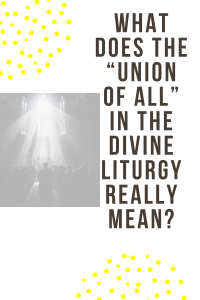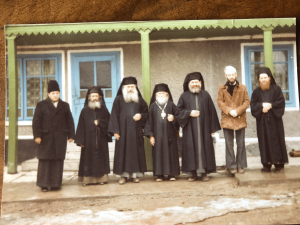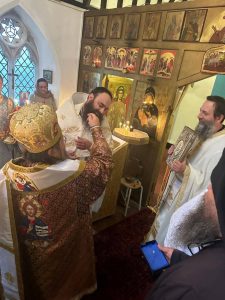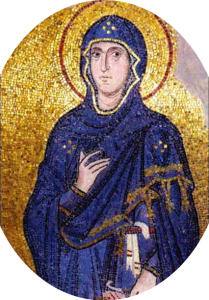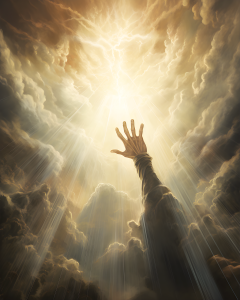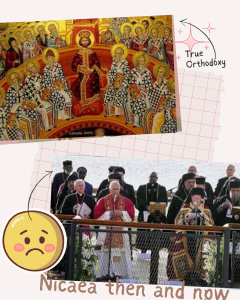THE SIGNIFICANCE OF THE CHANGE TO THE NEW CALENDAR
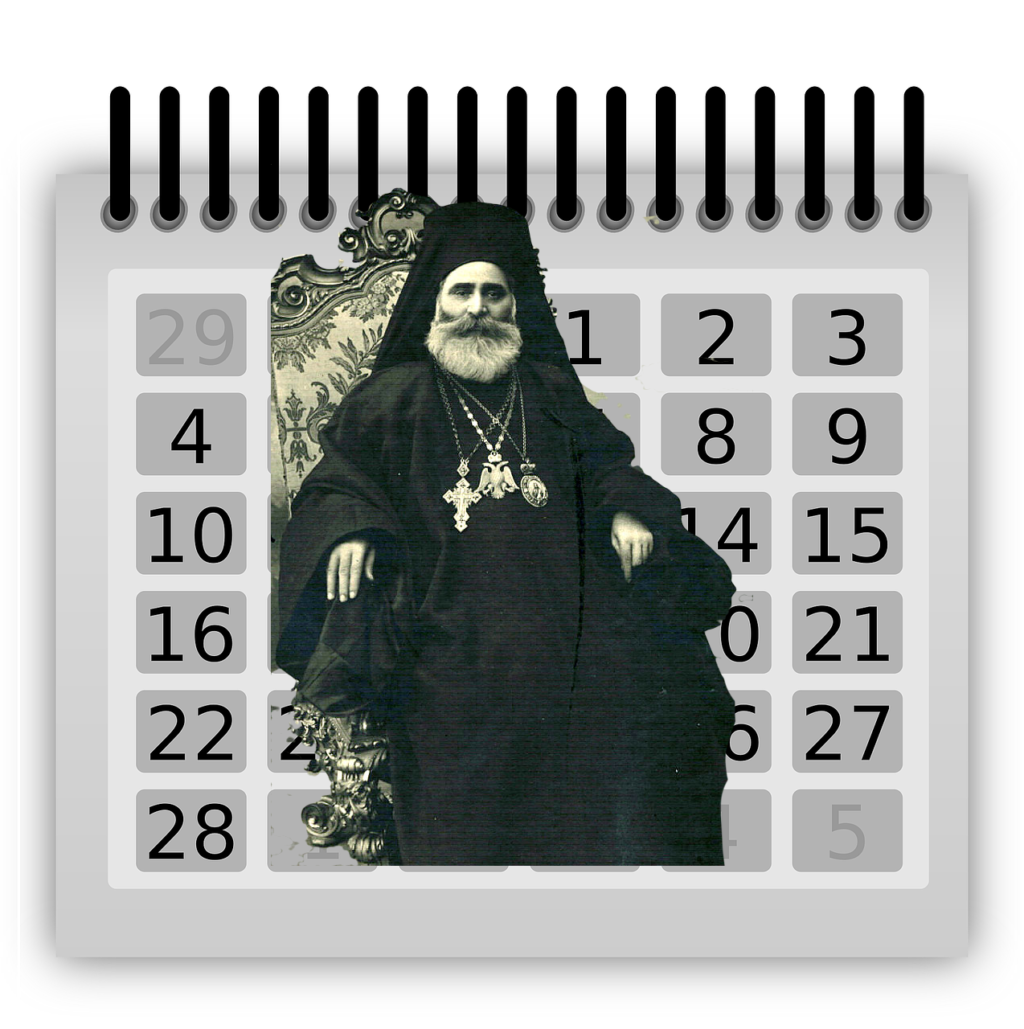
by Dr. Vladimir Moss
THE SIGNIFICANCE OF THE CHANGE TO THE NEW CALENDAR
The adoption of the new calendar by the Church of Greece in 1924 came at a very vulnerable time for the Orthodox Church as a whole. The outward position of the Church had changed radically in the previous ten years. The Russian empire was gone, and the Ecumenical and the Moscow patriarchates, to which the vast majority of Orthodox Christians belonged, were fighting both external foes (the Bolsheviks and the Turks) and internal schism (“the Living Church” and “the Turkish Orthodox Church”). Neither the remaining Eastern patriarchates, on the one hand, nor the Serbian patriarchate and the Russian Church Abroad, on the other, could take the place occupied by the Russian empire and the Ecumenical patriarchate in the preceding centuries. It followed that if, as was (temporarily) the case, none of the hierarchs of the Greek Church would reject the calendar change and break communion with the Archbishop of Athens, there was only one force remaining that could take up the banner of truth – the people.
The position of the laity in the Orthodox Church has often been misunderstood. In Orthodoxy, the laypeople are neither the inert, impotent, blindly obedient mass of the Roman Catholics, nor the all-powerful, revolutionary horde of the Protestants. There are two vital functions which can only be performed by canonically consecrated clergy: the administration of the sacraments, including the ordination of bishops and priests, and the definition of the faith, including the position of the Church in relation to heretics and schismatics. But while the laity cannot take the leading role in these two functions, they do have an important confirmatory role in them. Thus strictly speaking a bishop or priest cannot celebrate the Divine Liturgy without the presence of at least one layman. Likewise a bishop cannot ordain a priest without the consent of the people (expressed by shouting “axios!” or “he is worthy!”). And a definition of the faith that is rejected by the people will remain a dead letter. Thus we read: “I shall judge the bishop and the layperson. The sheep are rational and not irrational, so that no layman may ever say: ‘I am a sheep, and not a shepherd, and I give no account of myself, but the shepherd shall see to it, and he alone shall pay the penalty for me.’ For even as the sheep that follows not the good shepherd shall fall to the wolves unto its own destruction, so too it is evident that the sheep that follows the evil shepherd shall acquire death; for he shall utterly devour it. Therefore it is required that we flee from destructive shepherds.”
In the long struggle with the western heresies, the Orthodox had never found themselves so bereft of clerical leadership as in 1924. The signing of the uniate council of Lyons in 1274 had been largely the work of the emperor and his stooge, John Beccus; and there were many clergy who resisted the Unia, which in any case lasted only eight years (to 1282). The position after the council of Florence was more serious: St. Mark of Ephesus was the only Greek hierarch who refused to sign the Unia. And it lasted for a longer period of time (1438-80). There followed a long period in which, although there were some latinizing (and protestantizing) patriarchs, the Church as a whole remained united against the western peril. Thus when the new calendar was introduced by the Pope in 1582 in order to create divisions among the Orthodox, it was synodically condemned no less than eight times: in 1583, 1587, 1593, 1722, 1827, 1848, 1895 and 1904. Towards the end of this period ecumenist tendencies, as we have seen, began to increase in the Orthodox Churches, but opposition to the new calendar remained strong.
However, already in their encyclical of 1848, the Eastern Patriarchs had indicated the people’s role: “With us neither Patriarchs nor Councils could ever introduce anything new, because the defender of religion is the very body of the Church, or the people itself, who wanted their religion to remain forever unchanged and in accord with the religion of their Fathers.” The question that arose in 1924, therefore, was: did the people (and a handful of clergy) have the right to separate from all the innovating bishops and, in the absence of any hierarchs to support them in their struggle, declare themselves to be the truly Orthodox Church? The answer supplied by the Holy Tradition of the Church was a clear: yes. While certain functions that can only be performed by bishops, such as the ordination of priests, are temporarily suspended in such a situation, the Church does not cease to exist, and remains there, and only there, where the True Faith is confessed. For “where two or three are gathered together in My name, there am I in the midst of them”, said the Bishop of bishops, the Lord Jesus Christ (Matthew 18.20).
Moreover, the 15th canon of the First-and-Second Council of Constantinople praises those who break with a heretical bishop even before his synodical condemnation. Indeed, there are several cases in the Church’s history of holy men either breaking immediately with heretical bishops – St. Hypatius in the fifth century, for example; or dying out of communion with all the bishops of the Church and yet being praised and glorified by succeeding generations – St. Maximus the Confessor in the seventh century, for example, and St. Arsenius of Paros in the nineteenth. Since the Churches of Constantinople, Greece, Romania, Finland, the Baltic States and Poland adopted the new calendar in 1924, there was no way the laity in these Churches could remain in communion with the other Churches keeping the old calendar unless they broke communion with their innovating hierarchs.
“But why such a fuss,” say the new calendarists, “over a mere ‘thirteen days’ difference?” Because the Apostle Paul said: “Hold the traditions” (II Thessalonians 2.15), and the tradition of the “old” Orthodox calendar was sealed by the fathers of the First Ecumenical Council and sanctified by many centuries of usage. To change the calendar, therefore, would be to break communion, not only with our brethren who keep the old calendar on earth, but also with all the saints who worship together with us in heaven.
It is in this rupture of communion that the major crime consists; for, as St. John Chrysostom says, “exactness in the keeping of times is not as important as the crime of division and schism”. And again: “To tear asunder the Church means nothing less, than to fall into heresy. The Church is the house of the Heavenly Father, One Body and One Spirit.” The supreme aim of our life in Christ is unity in heaven and on earth, in time and in eternity – “that they all may be one; as Thou, Father, art in Me, and I in Thee, that they also may be one in us” (John 17.21); and anything which disrupts that unity is anathema to us. According to the Holy Fathers, schism is no less abhorrent and deadly a sin than heresy. Even martyrdom, writes St. Cyprian of Carthage, followed by St. John Chrysostom, cannot wipe out the sin of him who divides the Body of Christ. For as Christ is one, so is His Church one; indeed, the one Christ cannot be separated from the one Church in that “the full and perfect Christ”, in St. Augustine’s phrase, “is Head and Body” together.
“Since the Church,” writes Fr. Justin Popovich, “is catholically one and a unique theanthropic organism for all worlds, she cannot be divided. Any division would signify her death… According to the united position of the Fathers and the Councils, the Church is not only one but unique, because the one unique God-man, her Head, cannot have many bodies. The Church is one and unique because she is the body of the one unique Christ. A division in the Church is ontologically impossible, for which reason there has never been a division in the Church, only a division from the Church. According to the word of the Lord, the Vine is not divided; but only those branches which voluntarily refuse to bring forth fruit fall away from the ever-living Vine and are dried up (John 15.1-6). At various times heretics and schismatics have been separated and cut off from the one undivided Church of Christ; they have subsequently ceased to be members of the Church and united with her theanthropic body. Such were, first of all, the Gnostics, then the Arians and Spirit-fighters, then the Monophysites and Iconoclasts, and finally the Roman Catholics and Protestants and Uniates and all the rest of the heretical and schismatic legion.”
The Athonite zealot Fr. Augustine writes: “It is a dogma of the Faith that the Church is not only Holy, Catholic and Apostolic but also One, so that even though the Churches are seen to be many, one and one only is the Church composed of the many that are seen in different places. This is the teaching of the Holy Creed, this is the message of the Divine Scriptures, the Apostolic Tradition, the Sacred councils, and the God-bearing Fathers. From this, we conclude that the union of the Church is a most important dogma of the Faith.
“We have seen… that St. Constantine and the Fathers of the First Ecumenical Council re-established both the inner and the outer unity of the Church, which is why the joyful autocrat cried out: ‘I have reaped a double victory, I have both re-established inner peace through the common confession of the Faith and brought the separation which existed before into the unity of the Church through the common celebration of Pascha.’
“This, then, is unity, as we are assured by the Acts of the First Council, an inner unity and an outer unity, and neither can the first be a true unity without the second, nor can the second exist without the first. The relationship between them is like that of faith to works and works to faith. The one without the other is dead. Thus inner unity without outer unity is dead, and outer unity without inner unity is dead. And the first is defined by the common confession of the Faith, and the second by the visible harmony in accordance with the laws and institutions of the Church, both constituting the one and only true unity, the essential unity of the Church.”
In 1968 Abbot Philotheus Zervakos of Paros wrote to the new calendar bishop Augustine of Florina: “Since the old calendar is a written tradition, and since the new one is an innovation of papist and masonic origin, whoever despises the old calendar and follows the new is subject to anathema. Every excuse and justification is unjustified and ‘excuses in sins’…
“Last Sunday I had to go to the peak of All Saints and the Prophet Elijah… and as I was kneeling in front of their venerable icon I tearfully besought them to reveal to me which calendar I the wretched one should follow together with my brethren, my spiritual children and all the Orthodox Christians. Before I had finished my humble and pitiful petition, I heard a voice inside me saying: ‘you must follow the old calendar which the God-bearing Fathers who brought together the seven holy Ecumenical Councils and supported the Orthodox Faith handed down to you, and not the new calendar of the popes of the West, who have divided the One, Holy, Catholic and Apostolic Church and despised the Apostolic and patristic traditions’!!!
“At that moment I felt such emotion, such joy, such hope, such courage and greatness of soul as I have hardly ever felt in the hour of prayer in the whole of my life
“Do not suppose that following the papist calendar is a small thing. It [The Orthodox Julian calendar] is a tradition and as such we must guard it or we shall be subject to anathema. ‘If anyone violates any tradition, written or unwritten, let him be anathema’, declares the Seventh Ecumenical Council… This is not the time to continue to be silent… don’t delay, hurry.”
And he added that Chrysostom Papadopoulos had told him during a meeting: “If only I hadn’t gone through with it, if only I hadn’t gone through with it. This perverse Metaxakis has got me by the throat”!
On August 7, 1930 Metaxakis headed a delegation from the Churches of Alexandria, Antioch, Jerusalem, Bulgaria, Romania, Serbia, Greece, Cyprus and Poland to the Lambeth conference of Anglican bishops. There they officially, on the basis of a report by the Anglicans recognising the priesthood to be a sacrament, declared that the Anglicans had Apostolic Succession
But Metaxakis did not escape retribution. In 1935, on the death of Patriarch Damian of Jerusalem, he tried to acquire that see, too, but failed. It is said that he then went out of his mind, and six days later, grinding his teeth and wringing his hands, he died, groaning: “Alas, I have divided the Church, I have destroyed Orthodoxy.” He lied to the end; for he destroyed only himself, while the True Church will prevail over the gates of hell…

